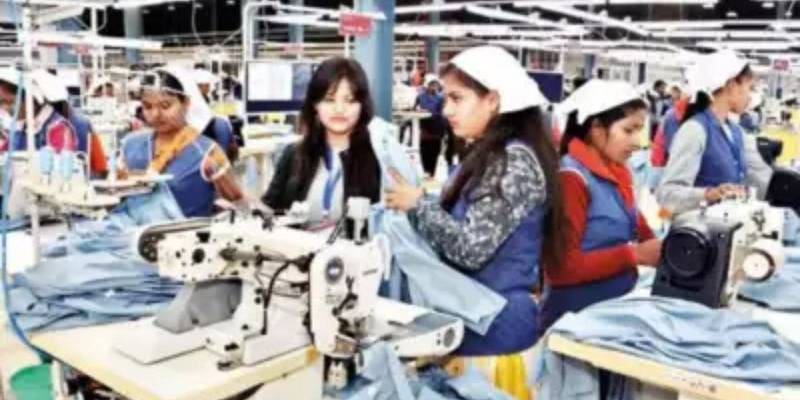The textile industry has been severely harmed by high cotton costs, and business owners are now searching for alternate sources of income.
In Ahmedabad, historically known as the Manchester of the East and the nation’s cotton capital, a large number of textile producers are switching to polyester and viscose materials. The textile industry in this country saw the blending of cotton last year, and now several firms in the value chain have switched to polyester and viscose.
Diamond Textile Mills Pvt Ltd. MD Dhruv Patel stated, “With integrated spinning, weaving, and processing capabilities, we had a successful cotton textile industry for more than five decades. We have entirely switched over to polyester yarn and viscose during the past nine months.
He continued, “We procure the fibre, produce yarn, then weave to create fabric. We also provide yarn to Surat-based manufacturers. Due to the high cost of cotton, which had an impact on our viability, we were forced to switch to polyester and viscose. Although we haven’t completely left the cotton industry, we feel that the time is not right for cotton and have instead chosen to diversify.
According to market sources, cotton textile factories just need to make a few adjustments to begin producing polyester and viscose.
Industry estimates indicate that at least 5% of textile companies that exclusively used cotton have switched to synthetic fibres. The cost of cotton hit a record high of Rs 1.10 lakh per sweet (356kg) last year. Prices have decreased to an average of Rs 60,000 each sweet this year. On the other hand, most recent Cotton According to experts, the Association of India (CAI) predicts lower crop output and more crop volatility.
Kankariya Textile Industries Pvt Ltd. is another instance. “While processing cotton fabric is our main line of business, we learned a lot from the high cotton prices last year. A portion of our consumers ask for the less expensive polyester and viscose. In the beginning, we bought polyester in Surat and viscose in South India. This year, we added polyester, viscose, and rayon to our product line, and we even secured export orders from China. We have begun printing viscose home textiles, women’s clothing, and shirting fabric, according to P R Kankariya, the company’s chairman. “We buy grey cloth from Surat, which is not a significant expense, and handle it here.
According to Saurin Parikh, head of the Spinners Association Gujarat (SAG), “Gujarat is a hub for cotton textiles, but in the last year, more than 5% of its cotton capacity has been replaced by polyester and viscose.”
Director of Akash Fashion Pvt Ltd Akash Sharma stated, “We started printing polyester and viscose three years ago. We used to prefer 100% cotton materials, but recently we’ve started combining. Polyester can be blended up to 65% because it is at least 25% less expensive than pure cotton. Previously, we printed 12 lakh metres of cotton shirting per month, but capacity utilisation fell as a result of high cotton prices. In contrast to our pure cotton output, we now print seven lakh metres of hybrid shirting fabric. Only one lakh yards of shirting fabric are produced monthly

